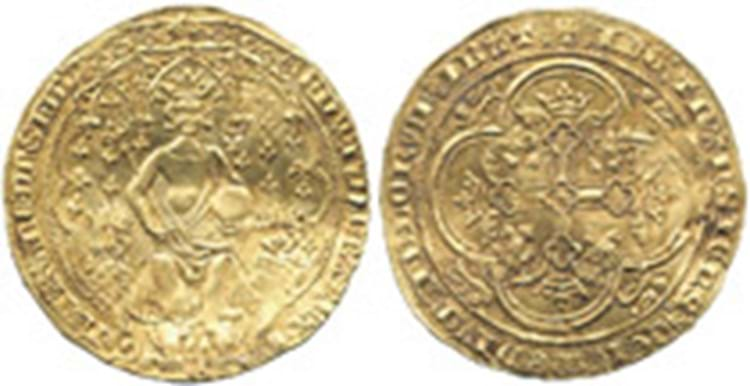
There was a slight hesitation as an opening offer was invited at £100,000, but thereafter the bidding rose relentlessly until the auctioneer was in unknown territory, well above the previous high for any English coin.
When the flow of bids finally dried at £390,000, it seemed to mark the end of a straight battle between a dealer bidding on behalf of a client and a determined telephone bidder. But at that point a dramatic maiden bid from the back of the room established the record price for an English coin at a round £400,000 (or £460,000 including the 15 per cent buyer's premium).
The price eclipses the £200,000 (plus 15 per cent premium) paid in the same rooms for a gold penny from the reign of Anglo-Saxon king Coenwulf and even the £357,832 that the British Museum subsequently paid to add that unique Coenwulf penny to their collection.
The museum is also the custodian of the only other known examples of the double leopard - two found together by schoolchildren on the bed of the River Tyne in 1857. All three specimens come from different dies.
As with the Coenwulf penny, it was a metal detectorist who brought the double leopard to light and he will be sharing the proceeds with the landowner on whose land it was found.
By Mark Bridge




